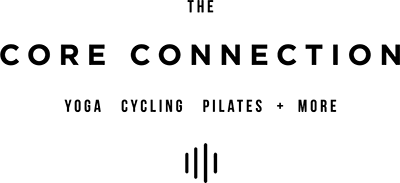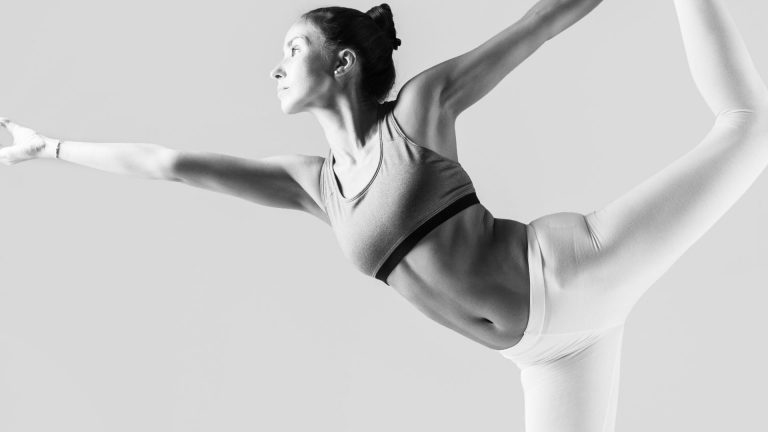Balance Can Start to Decline at 40!
Seniors often injure themselves seriously when they fall. With age, their bones become brittle, their muscles are tighter and their ability to maintain their balance deteriorates.
But it’s not just seniors who are affected by a lack of balance. Depending on the person and how active the individual is, a person’s balance may begin to decline by age 40.
The single factor that affects balance most is a loss of muscle mass. We start losing muscle mass as early as in our 30s and loss of balance goes hand in hand. If you have been sedentary your whole life – and you don’t change your lifestyle – your muscles will weaken and tighten, and they will lose the ability to do their job.
Muscles in the lower body are especially important when it comes to balance. Balance begins with the feet. When you have tight foot muscles and weak feet, your body will try to compensate with everything above your feet. Tight calves and hamstrings pull the pelvis out of a neutral position and don’t allow your buttocks to do their job.
Over time, the bones weaken. The head of the femur is a high-risk area for osteoporosis and, if a fall occurs, the risk of a fracture is high. It takes longer and is more difficult to recover from fractures and other injuries as we age.
Stretch Your Muscles
Many fitness programs can help strengthen and stretch your muscles, so that they maintain more flexibility.
Posterior chain stretches are most important, as they stretch the calves and hamstrings. Keeping muscles of the hip joint, like piriformis and other hip rotators, stretched and mobile is also important for function.
Exercises such as Pilates can help to stretch the muscles, while working with weights can tone and strengthen them. Working out with a Bosu or TRX straps can also help improve your balance.
Walking is fundamentally the healthiest thing we can do for our bodies. Every time you take a step, you should be able to balance the entire weight of our body on one leg. The muscles of the butt play a huge role in this. The more walking you do the better.
Rita Matraia, founder and owner of The Core Connection, is a Certified Stott Pilates Instructor, a Certified Restorative Exercise Specialist, a Certified Postpartum Corrective Exercise Specialist, and a Healthy Foot Practitioner through the Nutritious Movement Center.


